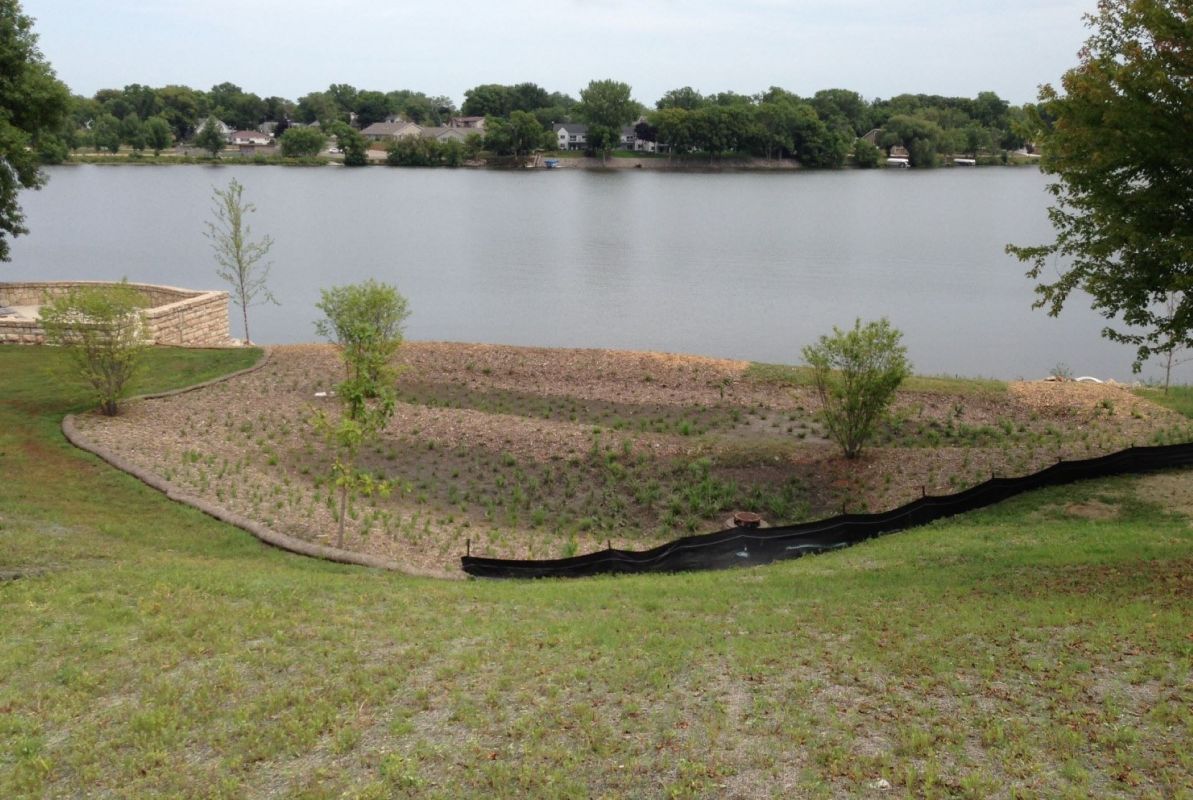A Minnesota gardener shared a series of photos that documented 24 hours in the life of a rain garden with the r/gardening community.
The progressive photoshoot starts on a hot summer day one month after planting 2,800 varieties native to Minnesota.
In the next picture, the garden is filled up with rainwater, stocked with the pollutants and litter that run off the streets — all of which are typically funneled directly into the local water supply.
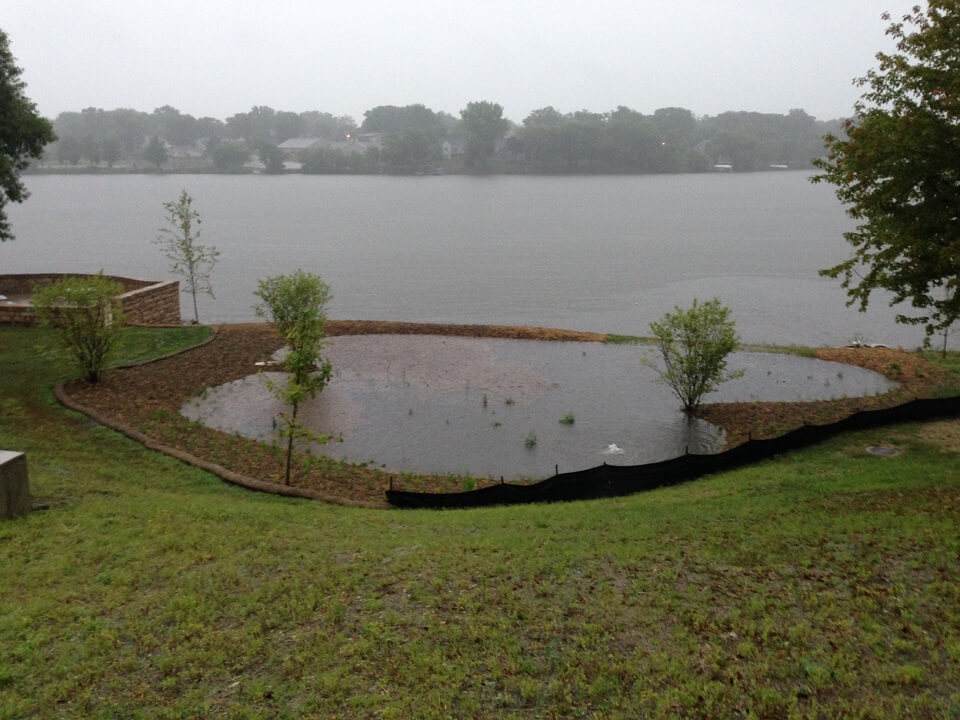
The third picture is post-storm as the water seeps into the soil and plants, evaporates, or filters through a drain tile buried underneath.
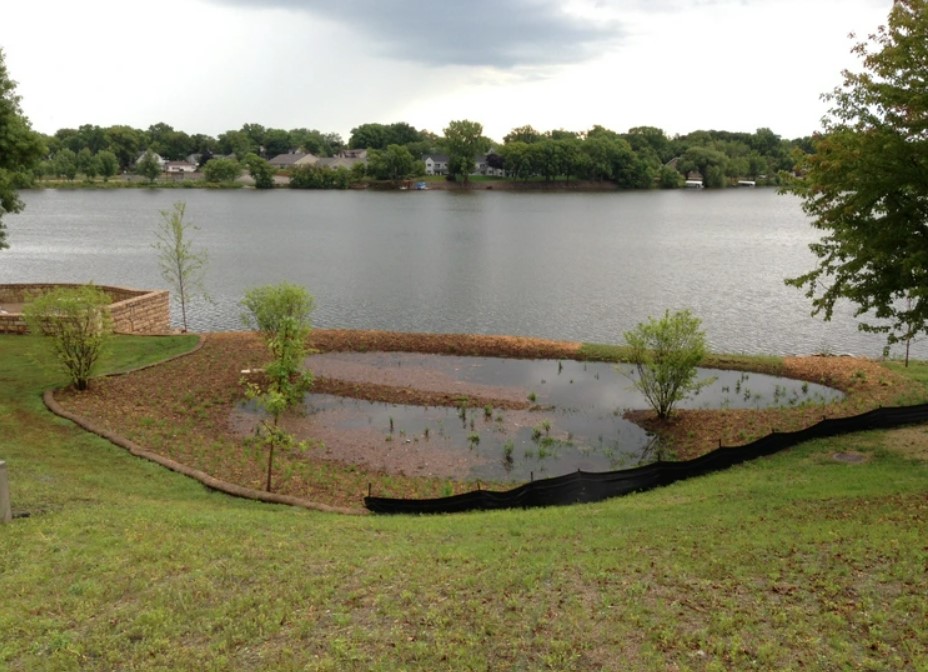
In the fourth close-up photo, the gardener names the different native plants on the wetland sedges, such as marsh milkweed and prairie blazing star, which can survive being temporarily underwater.
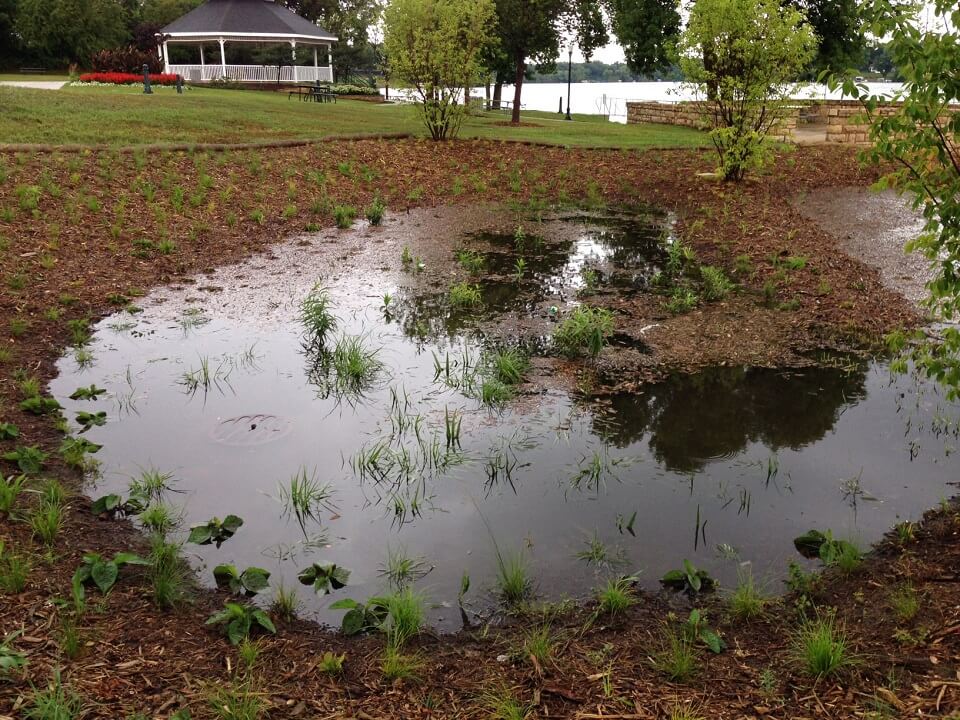
Then, the upland prairie plants on the dry slopes are listed, like coneflowers, prairie smoke, and butterfly milkweed, among two dozen other species of native plants.
In the final photo, all of the water has soaked in, and the garden is ready for the next storm.
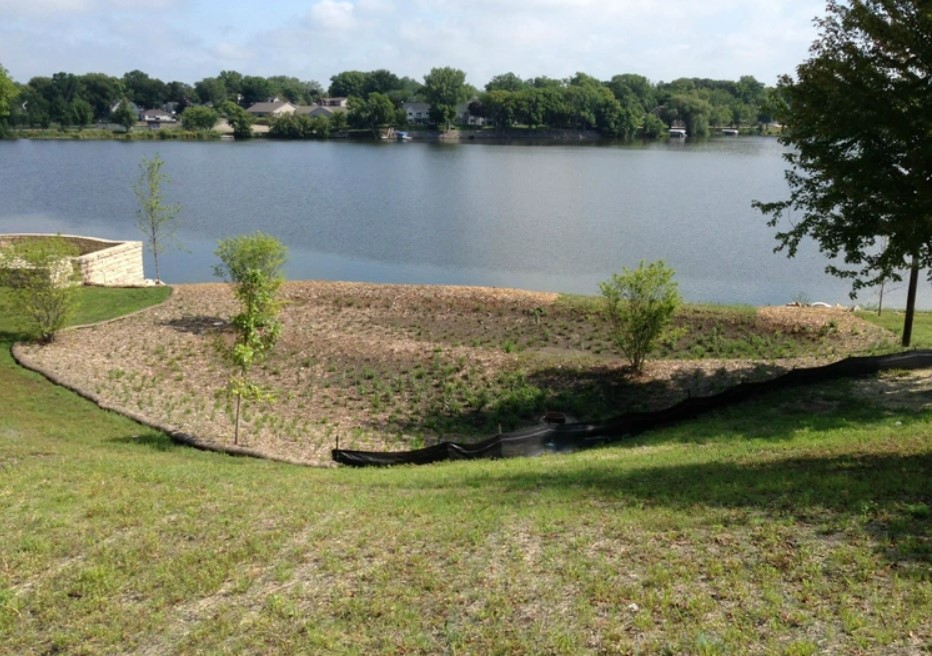
The Redditor claimed, "The plants will be 3x larger next year and there will be tons of blooming flowers for pollinators and seeds for birds."
From clover lawns and vegetable gardens to wildflowers and no-lawns, the native lawn movement is a trend that supports local pollinators and wildlife by replacing manicured grass lawns with native plants and flowers.
Human survival is dependent on bees, which pollinate approximately 35% of food crops consumed by humans and 80% of all flowering plants.
These no-lawn yards are also helping homeowners cut down on money since they require less water, less fertilizer, and zero pesticides to thrive.
Traditional lawns are the most grown crop in the United States. According to the Princeton Student Climate Initiative, they cover more than 40 million acres of land — and they're not for consumption.
Lawns consume nearly three trillion gallons of water, 200 million gallons of gas, and 70 million pounds of pesticides, according to the Natural Resources Defense Council. Native lawns can reduce water usage by a whopping 1.75 million gallons in a decade.
The post received a lot of attention for its innovation.
"Wow this is great!" one Redditor exclaimed.
Another was inspired and wrote, "I'd love to try something like this."
One comment said, "Thank you for the important work that you do to promote, propagate, and protect native plants."
Join our free newsletter for easy tips to save more, waste less, and help yourself while helping the planet.
